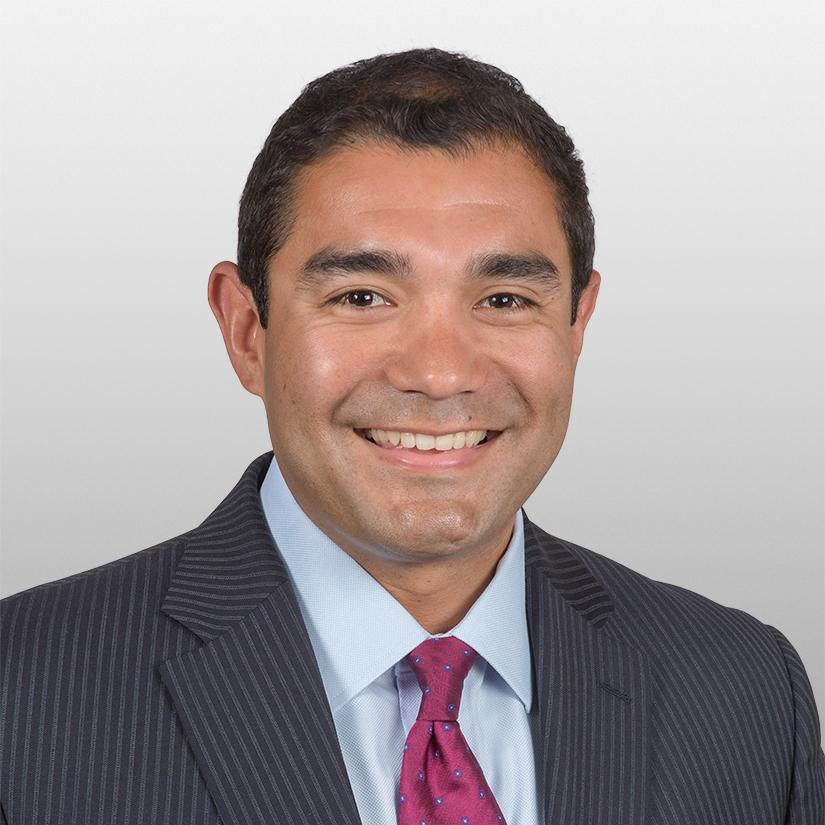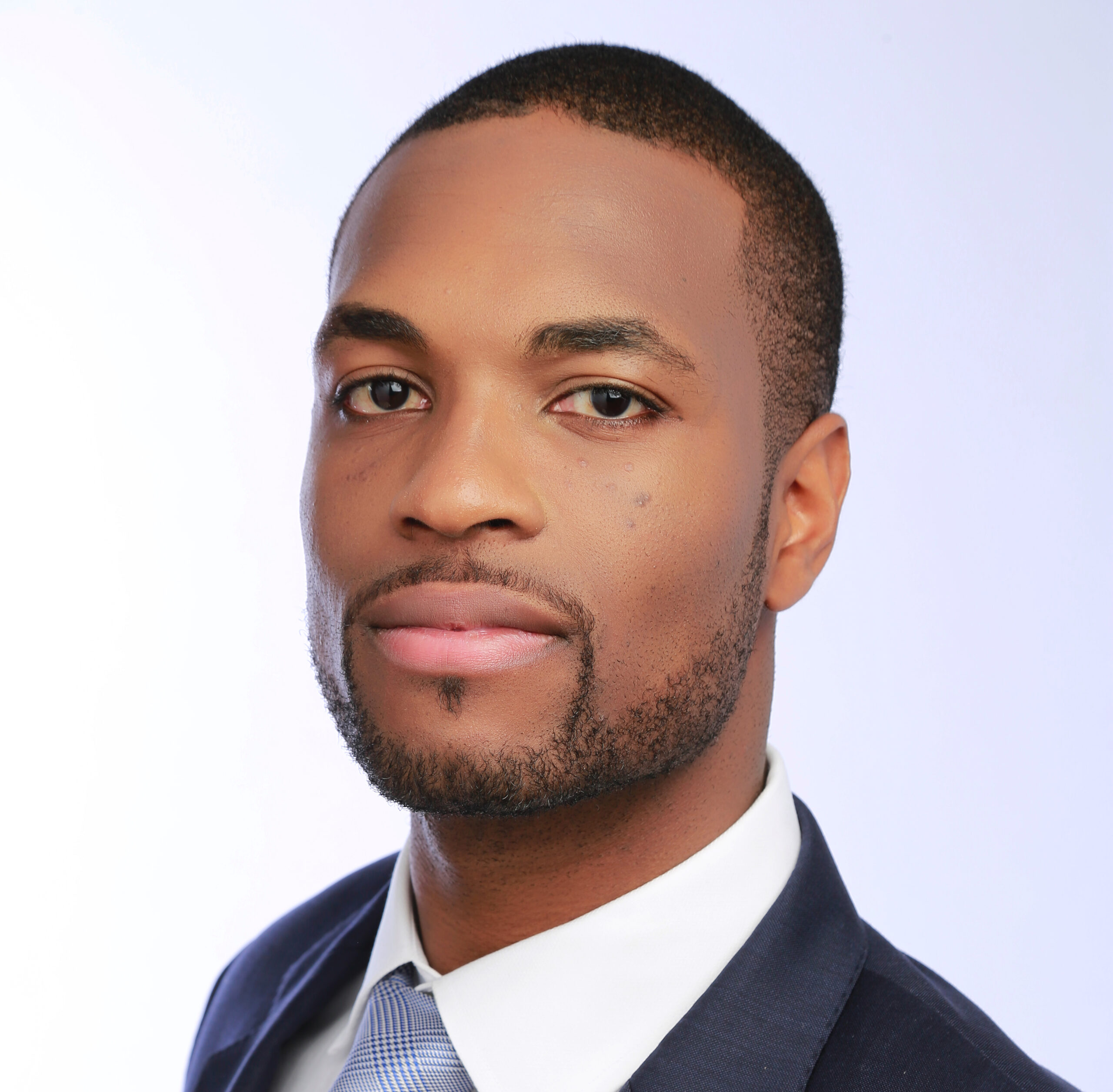Invesco has switched the underlying strategies for three US-listed ETFs that target technology themes to the following STOXX indices:
- STOXX® World AC NexGen Connectivity
- STOXX® World AC NexGen Media
- STOXX® World AC NexGen Software Development
The indices are comprised of companies with significant revenue exposure from services and products that contribute to the targeted theme. The selection is based on a very granular classification of business sectors associated with each theme. In all three cases, the starting universe is the STOXX® World AC All Cap index. The ETFs previously tracked indices from another provider.
The change comes amid strong demand and performance for thematic strategies, particularly those exposed to technologies disrupting the global economy. In the first six months of 2023, assets in passive ETFs following technology-focused themes rose by 22%, according to STOXX data.
We caught up with Rene Reyna, Invesco’s Head of Thematic and Specialty ETF Product Strategy; and Brett Boor, Director of Thematic Research at the Atlanta-based firm, to find out about the drivers behind the index switch. We also asked Ladi Williams, Director for Index Product Management at STOXX, what investors and product issuers want when it comes to thematic indices.



Rene, Brett, can you tell us a bit about this new offering and its drivers?
Rene: “We looked at the existing strategies’ exposures and concluded that there was an opportunity to modernize them. This is important in order to provide the best investment exposure as intended. When you think of software, media and connectivity, those markets have experienced significant developments over recent years. We wanted to reflect that.
But we also wanted to identify where growth is going, how innovation is shaping the targeted space, and to capture those underlying themes. For example, we went from having exposure to the old-guard media space to adding the gaming industry, which is entertainment and increasingly tied to media.
Together with STOXX, we worked on looking at the right segments and sub-themes for each of the three themes, and to use company revenues as a basis to identify relevant stocks. That approach really allowed us to hit the mark. With the RBICS L6 taxonomy[1], we can capture companies with at least 50% of revenues derived from specific business sectors linked to the sub-themes. This brings purity, transparency and accuracy, and allows us to speak to clients in a very clear way and explain why certain companies qualify for portfolio inclusion.”
Brett: “To the point of modernizing a strategy, software is a great example of where we had an opportunity to right-size our approach. Our software offering was a great product, but it had been in the market for more than ten years and there has been a lot of changes at the core of the industry. Take the release of Chat GPT, which really sparked an interest in generative AI. How do we reflect this evolution? What exposures appear relevant today? It was a good time to take a fresh look.”
How has demand for index-based strategies changed in the last couple of years? Are investors demanding more focused themes rather than sector-based allocations?
Rene: “Investors’ appetite for exposure to longer-term, secular trends is growing. And they have recognized that, in order to get exposure to those trends, you must cross over multiple sectors and industries. So, yes, we are seeing more demand for focused themes rather than sector-based allocations. We see very healthy compound annual growth rates in thematics.”
Brett: “We are approaching the crossing point where assets in thematic ETFs will overtake assets in sector ETFs, and that is a clear sign of demand. What we see with thematic investing is that people want to go deeper and wider. A lot of these themes cross the GICS tech sector, but you want to have the ability to go a few levels lower and make sure you are getting all the drivers of change in the marketplace.”
Thematic strategies have also become more innovative amid rising demand. What do you look for in the construction of a thematic index?
Rene: “What we try to accomplish is identify a methodology that is intuitive and straightforward, one that enables investors to understand how and where capital is being invested. There are some characteristics that align with that: it’s got to be transparent; it’s got to have differentiation in the market; and finally, it must have theme purity. The latter means that a company is included in a portfolio not only because it has a meaningful portion of revenue coming from that market segment, but also because it is exposed to the growth of the theme.”
Ladi: “When it comes to constructing an index, we aim to be leaders in thematic investing research. We have the means and expertise to analyze and determine what defines a theme, whether it has a solid growth prospect, what is investable, and which method and data source is best to harness the theme’s potential. We have designed thematic indices for years, and we continue to build upon that expertise.
One of the things we pride ourselves on is on partnership, working closely with the client. From conception to interpretation, we do not work in isolation. We take on board our client’s input together with our own expertise.”
Ladi, that expertise has made of STOXX a global leader in thematics, with over EUR 10 billion in ETF assets. What has been key to establishing this position?
Ladi: “Apart from the collaboration I just mentioned, customization is also something that we give a lot of importance to. We are not a ‘take-it-or-leave-it’ shop. We value clients’ opinion, and we can accommodate a wide range of their objectives and constraints. Whether it is the size of the portfolio, captured sub-themes, or other tweaks, we are able to customize those views into the final construction.”
What trends have you observed with regards to index construction over the years?
Ladi: “There’s been a significant increase in the number of themes that are covered and targeted in order to meet the evolving demands of investors. And they are becoming more focused and specialized. When we first started in the thematics space, themes could be quite broad in nature. But as they have become more targeted, they have naturally become narrower in their composition size.
Another trend that is prevailing, more so in Europe, is that of ESG integration. Clients are focused on capturing themes, but they also want to ensure companies are aligned with their principles.”
Many thematic strategies have a growth tilt and can be vulnerable to short-term market volatility. How should investors factor this off against the long-term potential of the theme in question?
Rene: “Generally speaking, thematic exposures are usually satellite-type positions. This allows investors to stay the course and hold on to these positions for long periods. We saw that in 2022, during a spike in market volatility, investors left many of the riskier segments of the market, but they kept their assets in thematics. They recognize the opportunities in the long term.
With regards to the specific themes and portfolio construction, it’s about understanding what the theme is and what the opportunity is. Having that clarity on the front end is important. Secondly, understanding how you are getting the desired exposure is also key. Diversifying through a basket of stocks is one way to protect the portfolio through short-term volatility periods. And there is also an inherent, cross-sector diversification that comes with thematic investing.”
Brett: “I’d add that not all themes are growth-driven. We are leaders in themes across different sector profiles. Things like Defense or Banking are good examples. You want to have a growth theme when it warrants it. But it goes back to having that core diversification across different investments. There may be certain themes that are farther out in the duration curve. Taking the total portfolio view will help you right-size your allocation, depending on what the investment horizon is.”
How do you see thematic investing evolving?
Rene: “Investors continue to increase allocations to thematic investments. Megatrends such as sustainability and future technology will keep shaping and changing our society. There is going to be new investable themes, and, as a result, more investor demand.”
Brett: “Talking about some of those future themes, be it quantum computing or carbon capture, a lot of these new forces in the economy are still in the private equity space. You are going to see a lot of growth there, and consequently a lot of unlisted micro-caps coming to the market, and the small-caps that we own, hopefully becoming the large-caps of the future. That next-gen investment approach is about looking at those forces and where they may crop up in interesting ideas.”
Ladi: “One of the most interesting trends in thematic investing is the possibilities that have opened up to target emerging themes with new datasets. When we talk about future themes, how can we accurately provide exposure and offer access? Revenue streams is a great source with mature themes where companies are already offering products and services directly related to the targeted activity. But how can we capture themes that are emerging, like quantum computing, etc.? That’s where forward-looking sources, such as patents, come into play. These can be used as an innovation indicator to determine a company’s direction of travel and competitiveness within its field. AI, through the use of natural language processing, can be used to augment the research process and help extract more signals from the plethora of available data. This is one of the most exciting and promising developments in thematic investing.”
Finally, Rene, why did you choose STOXX as a partner in this project?
Rene: “It really came down to people and process. I think of STOXX as a best-in-class provider of thematic indices that are rooted in research and expertise. The team really helped us navigate the capabilities that are needed to come up with the right solution.”
[1] L6 is the lowest business-segment level in the RBICS taxonomy. For example, the taxonomy allows investors to categorize a company like Apple into a segment that is five times more specific than the Technology Industry: Technology > Hardware > Communications Equipment > Wireless Mobile Equipment > Smart Phone Manufacturing > Smart Phone Manufacturing. Apple derives more than 50% from the latter.
